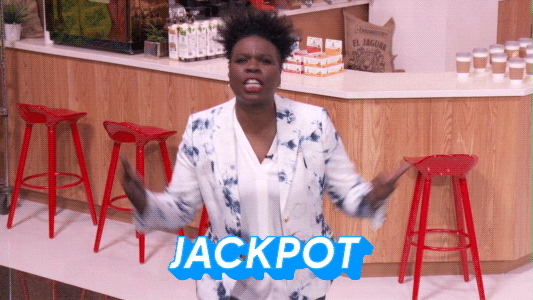The Burden of Inflation
Here's how you can benefit from inflation, and why there's no rush to pay off the federal portion of OSAP.
The Burden of Inflation
The Personal Finance Project Newsletter.
In The Personal Finance Project Newsletter, I aim to be completely transparent.
I learn from my financial situation every day,
And by sharing it with you, you get to learn from it too.
Lets jump in.
Right now, I owe $42,207.91 in student debt.
$9,876.20 - LOC, 11.2%, variable
$2,931.71 - provincial OSAP, 8.2%, variable
$29,400.00 - federal OSAP, no interest
Here are the details:
The monthly minimum payment on my LOC equals the interest accumulated that month.
I have no OSAP minimum payments because I am in the 6-month grace period.
OSAP minimum payments start in November.
However, interest still accumulates on my provincial OSAP loan during this period.
My plan is quite simple, too.
As usual, my debt repayment priorities align with this pecking order - highest to lowest interest.
Until November, my LOC is my one minimum payment obligation.
And any extra money that I want to put toward debt will also be funnelled to the LOC because that is my highest priority.
Once OSAP minimum payments begin in November, I will have to pay those too.
So now I will be making three minimum payments instead of one.
I will pay roughly $360.00 total in monthly minimum payments.
After that, any extra will still go toward the LOC until repaid.
Once the LOC is gone, provincial OSAP is next.
And after that is where strategy comes in.
See Edition 23 for a refresher on inflation and interest rates.
According to the debt repayment priority, my extra money should go toward the federal portion, right?
Well, not too fast.
The interest-free characteristic of federal OSAP is a diamond in the rough, especially in a high inflationary environment.
When debt is interest-free, we (the debt holders) benefit from inflation.
And the longer we hold that debt, the longer we reap the benefits of inflation.
So my debt repayment plan continues as follows.
After my provincial OSAP is repaid, I will still be paying the minimum payment on the federal portion.
But I will use the extra money differently.
Since zero interest and high inflation incentivize me to hold debt,
I will not use the extra money to pay off the principal.
Instead, I will put it toward savings, investments, or other necessary expenses.
I call this zero-interest debt a reverse investment or an inflation investment.
Here is why.
Financially strategic people invest their money to protect themselves from inflation.
For example, they earn 5% on their investment in a year when inflation is 2%, so they profit by 3%.
Well, couldn't borrowing provide similar inflation protection?
When I went to school, I borrowed money to do it.
At the time, if I didn’t borrow money, I would’ve had to save up myself.
This would’ve taken years, and inflation would erode my savings (the rising tuition costs, among other things).
So I would have to save more than the $$42,207.91 that I borrowed.
I could’ve tried to beat inflation by investing, but any profitable investment exposes me to undesirable risk.
Saving for my education would be an uphill battle.
This is why the government provides zero-interest student loans.
The government wants Canadians to attend school.
It (slowly) builds a more educated society that generates economic strength.
So they are willing to provide the upfront payment for many of us.
It’s not free, but the government doesn’t directly profit either.
They lose money on the deal.
Because when I borrow money to go to school instead of paying for it myself, here’s what changes:
Instead of saving and investing to beat inflation and accumulate enough for my education,
I already borrowed and paid for tuition and will repay it in the future without inflation.
The benefits are clear.
I can use borrowed money to pay for school when the dollar is more powerful.
And I can repay it when it is less powerful.
The $42,207.91 will be repaid, but $42,207.91 today is worth more than $42,207.91 in 10 years.
The nominal value, $42,207.91, stays the same,
But inflation erodes the real value of my debt.
You should know that federal OSAP hasn’t always been interest-free.
When I went to school, it wasn’t.
So I can't say that it factored into my decision at the time, but it sure benefits me now.
Many Canadians will still accumulate student debt - even if it is interest-bearing.
Since education will likely lead us to a higher income,
It will likely be easier and more profitable to use higher post-education wages to repay debt.
Instead of trying to save with pre-education wage.
The reverse investment makes this decision even easier.








This was a very interesting read. Would love to chat with you about it some more 😄